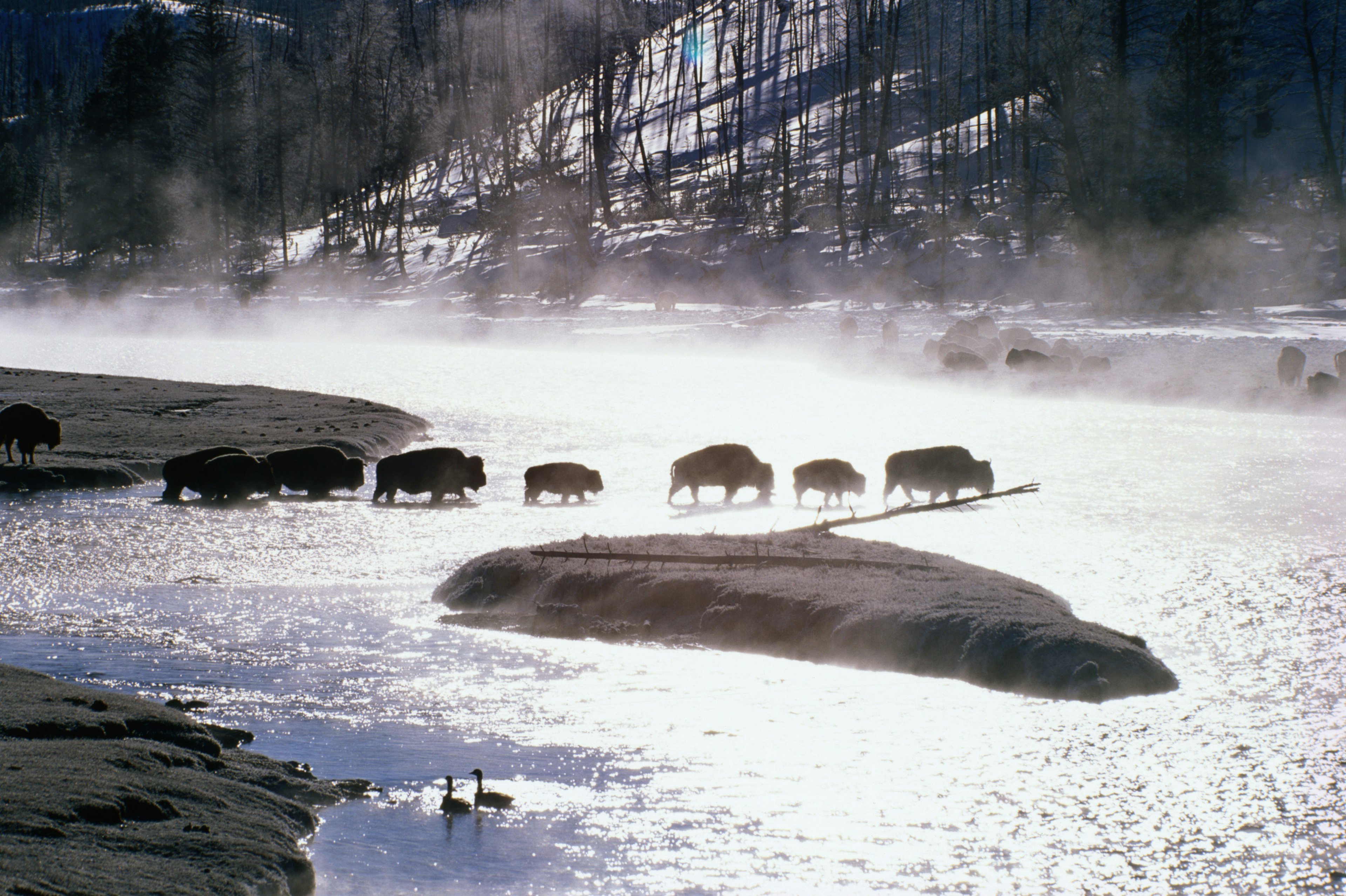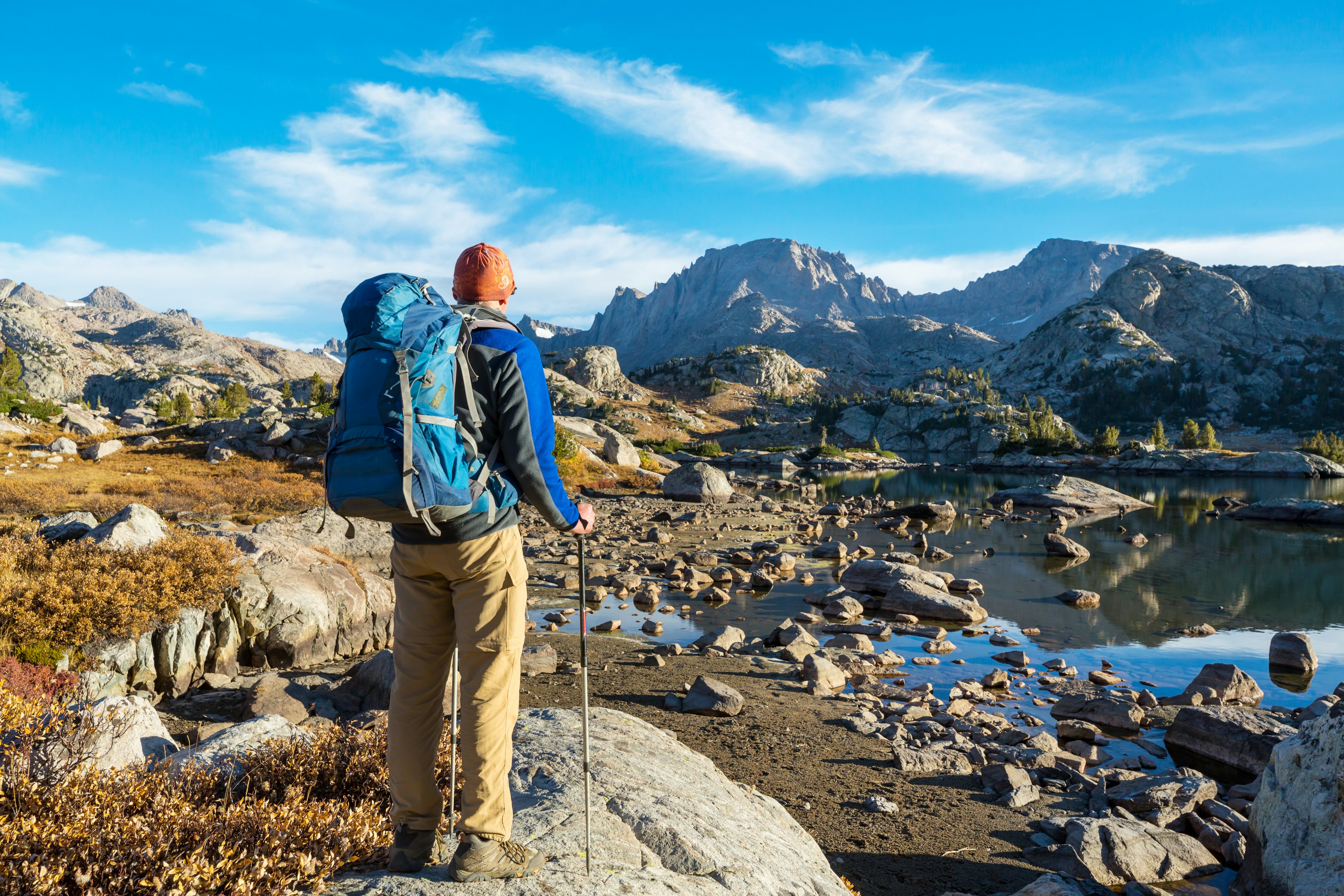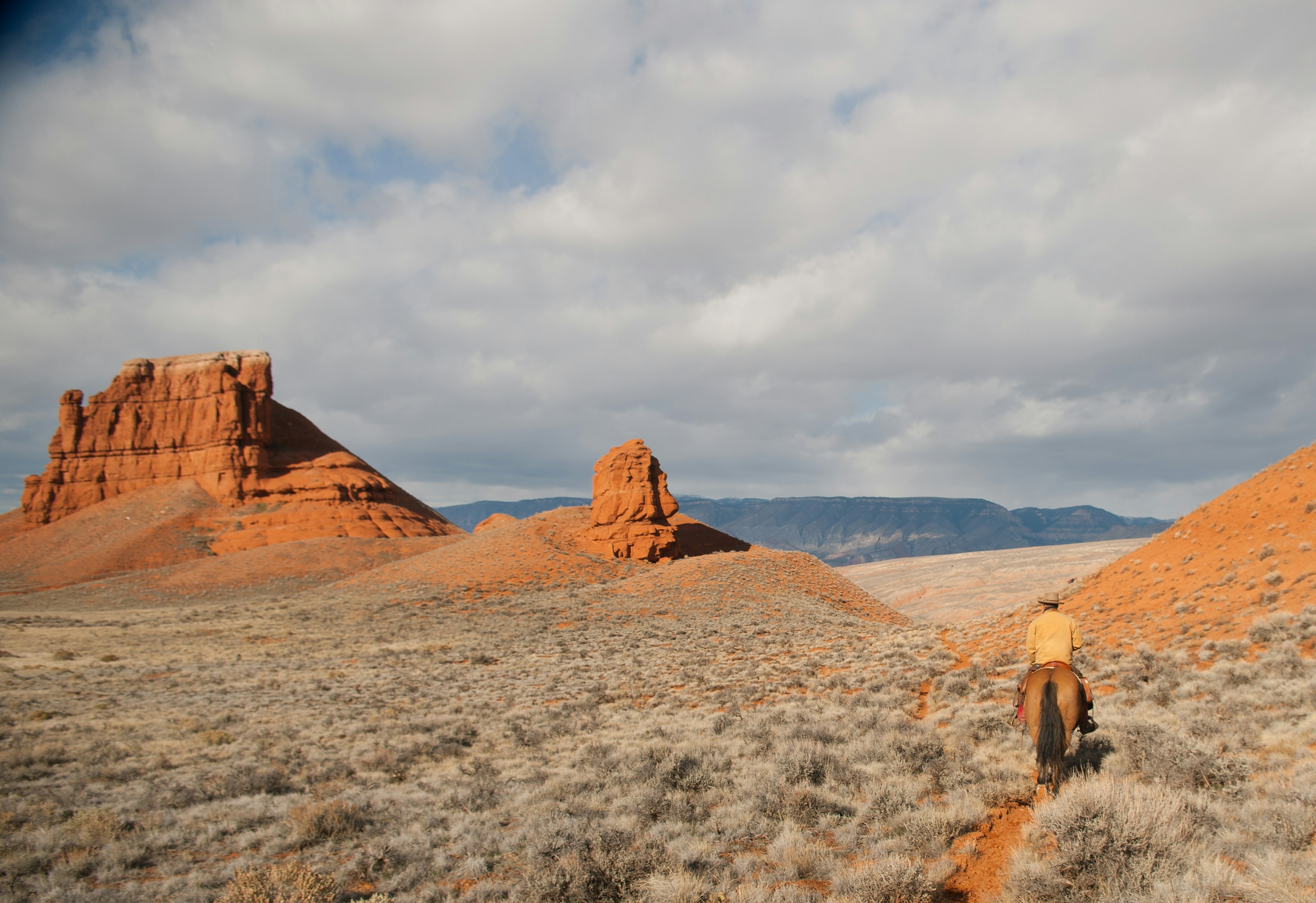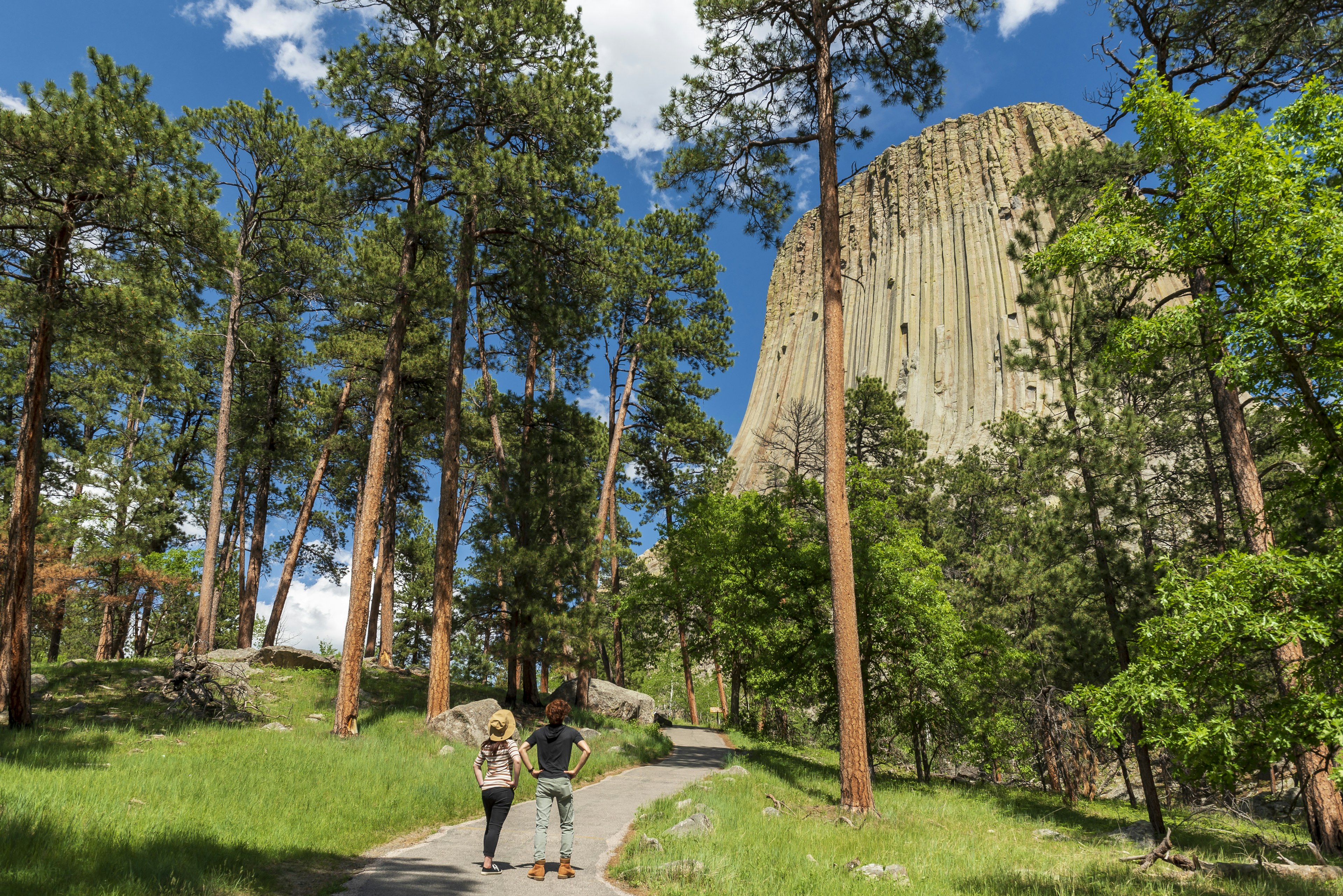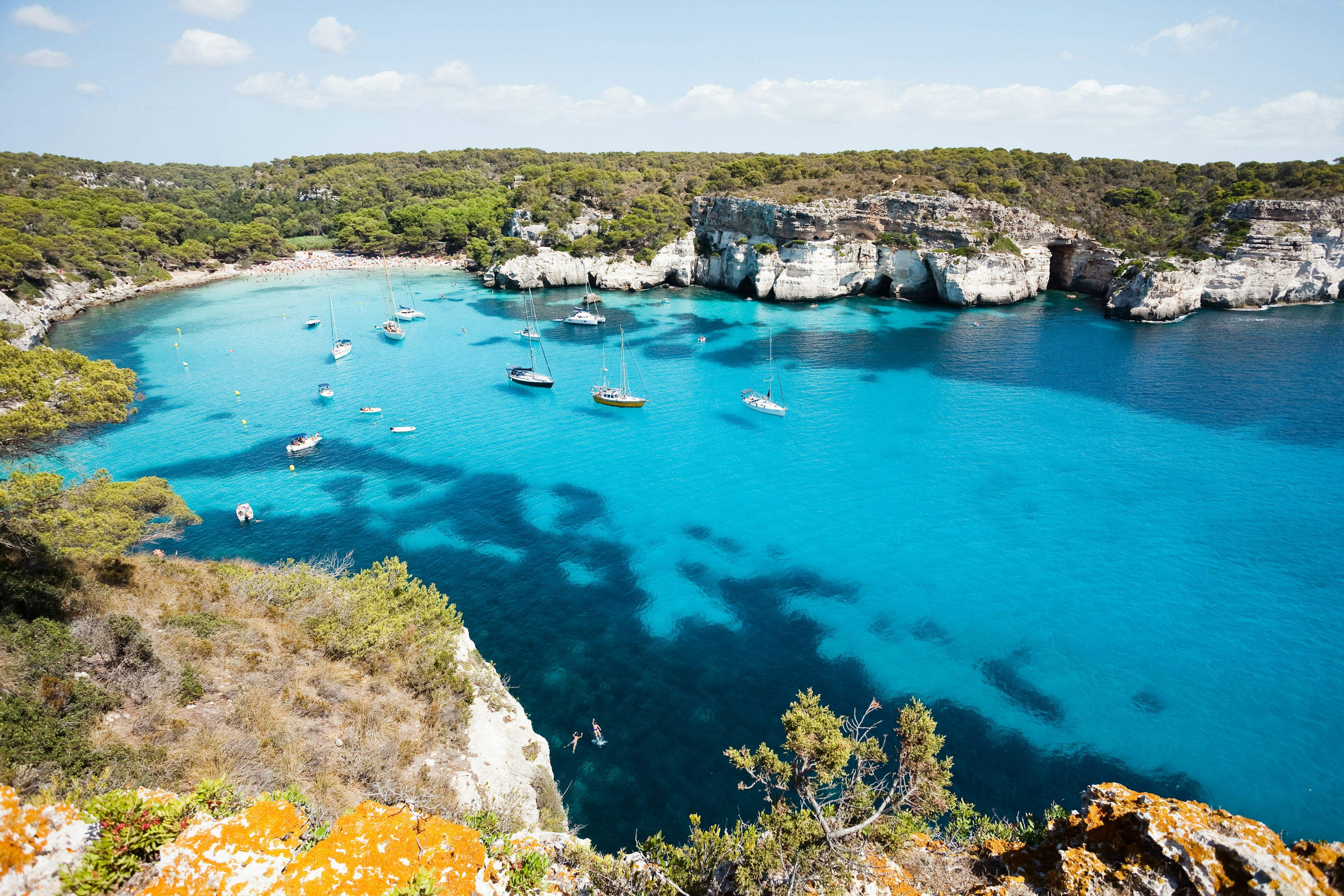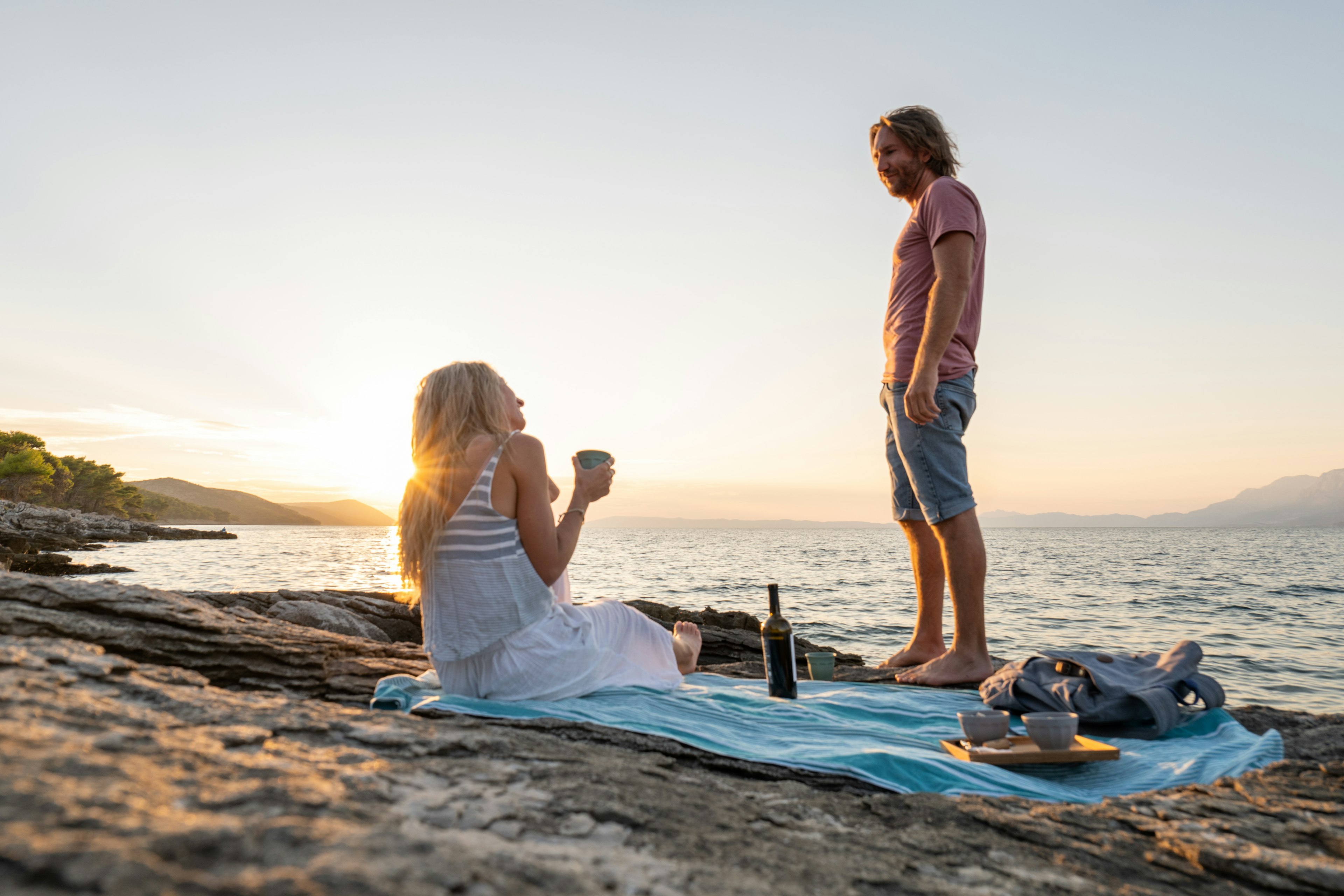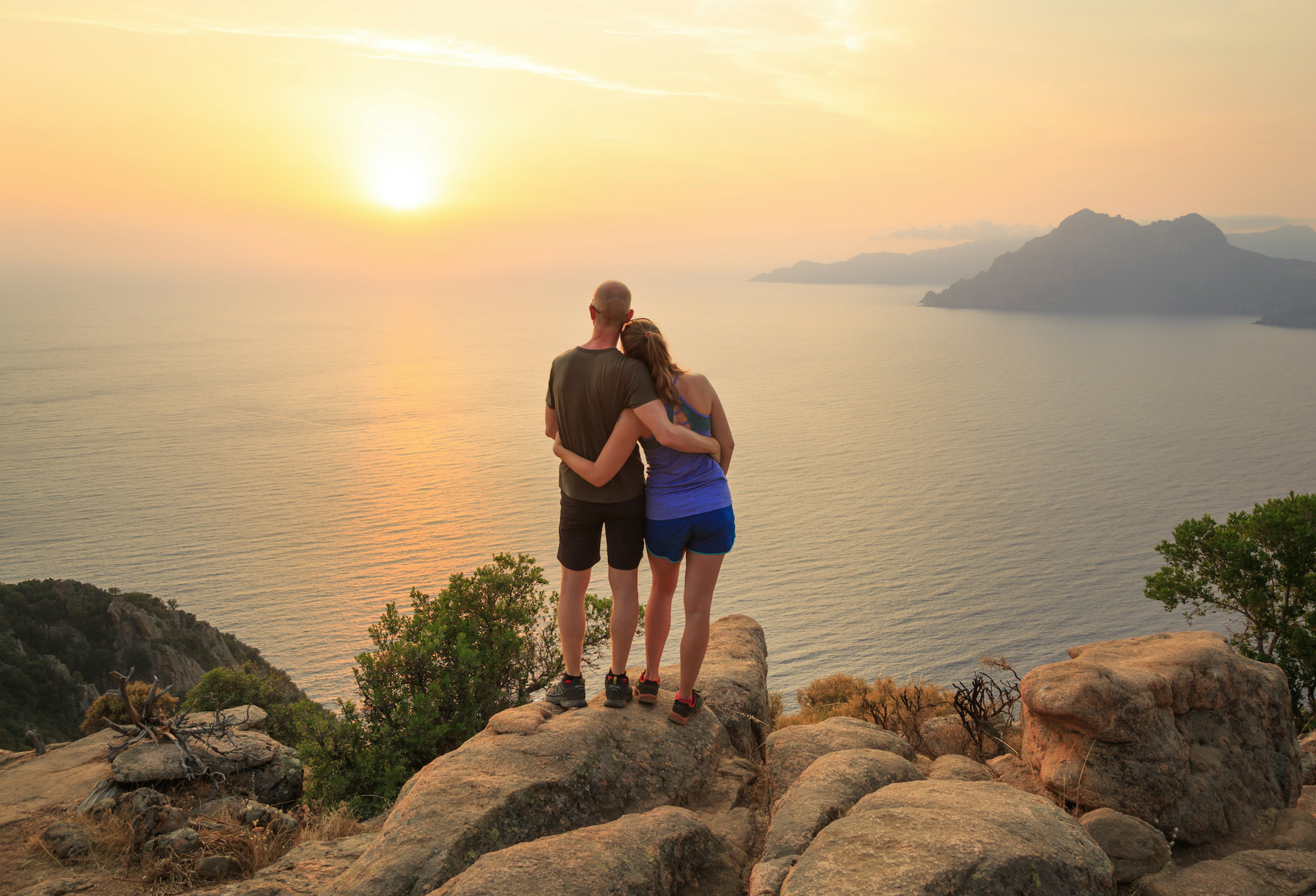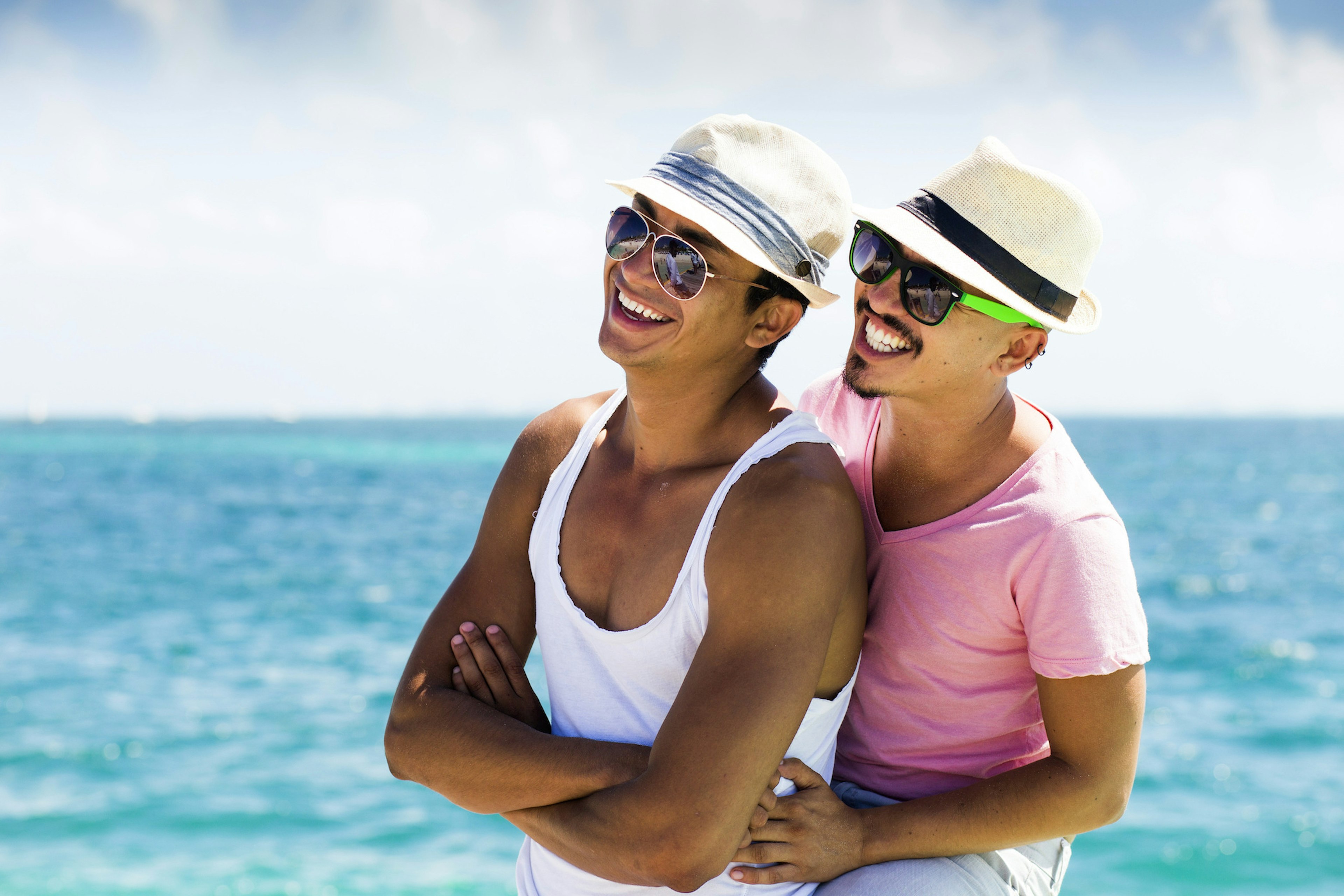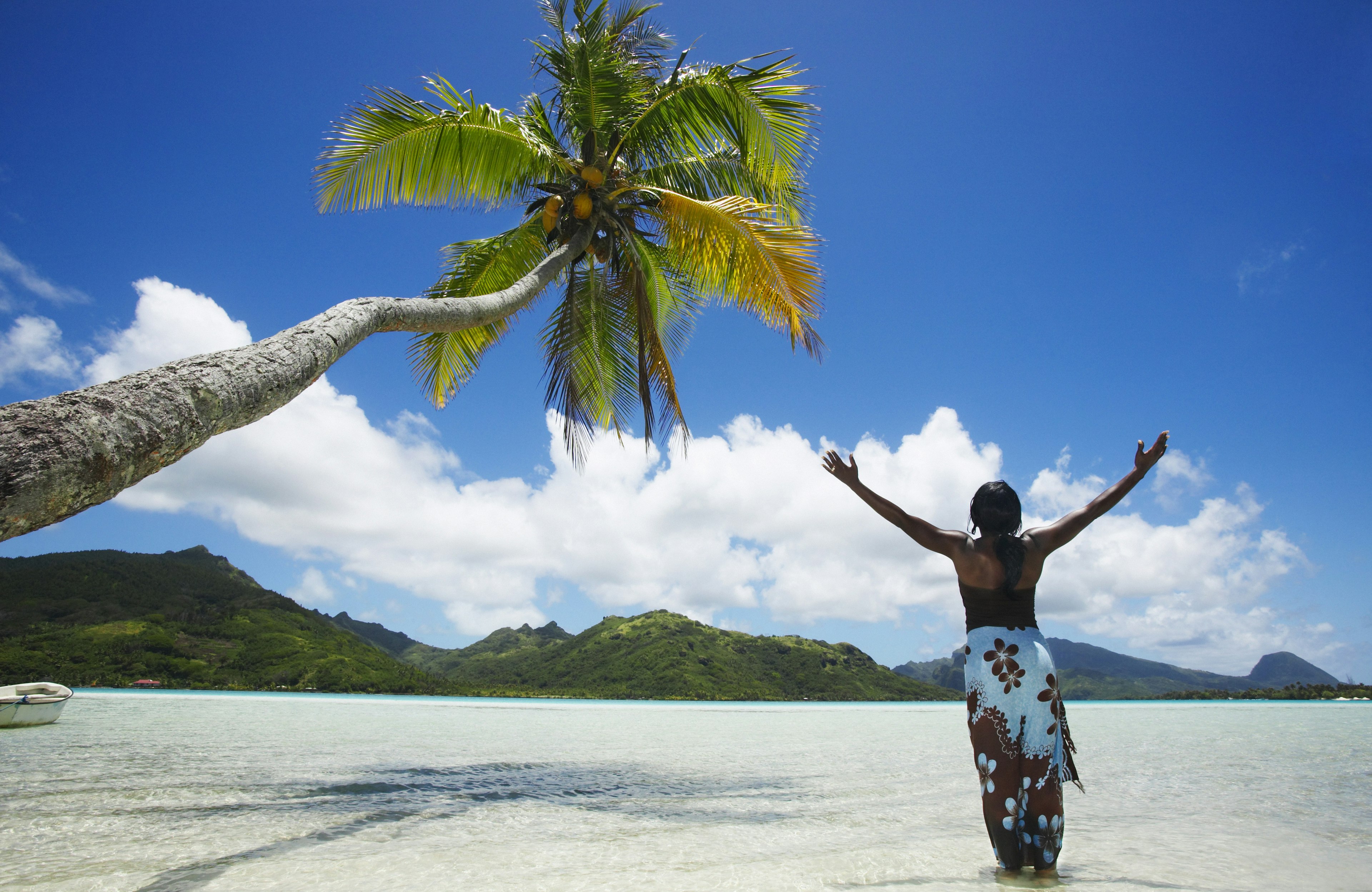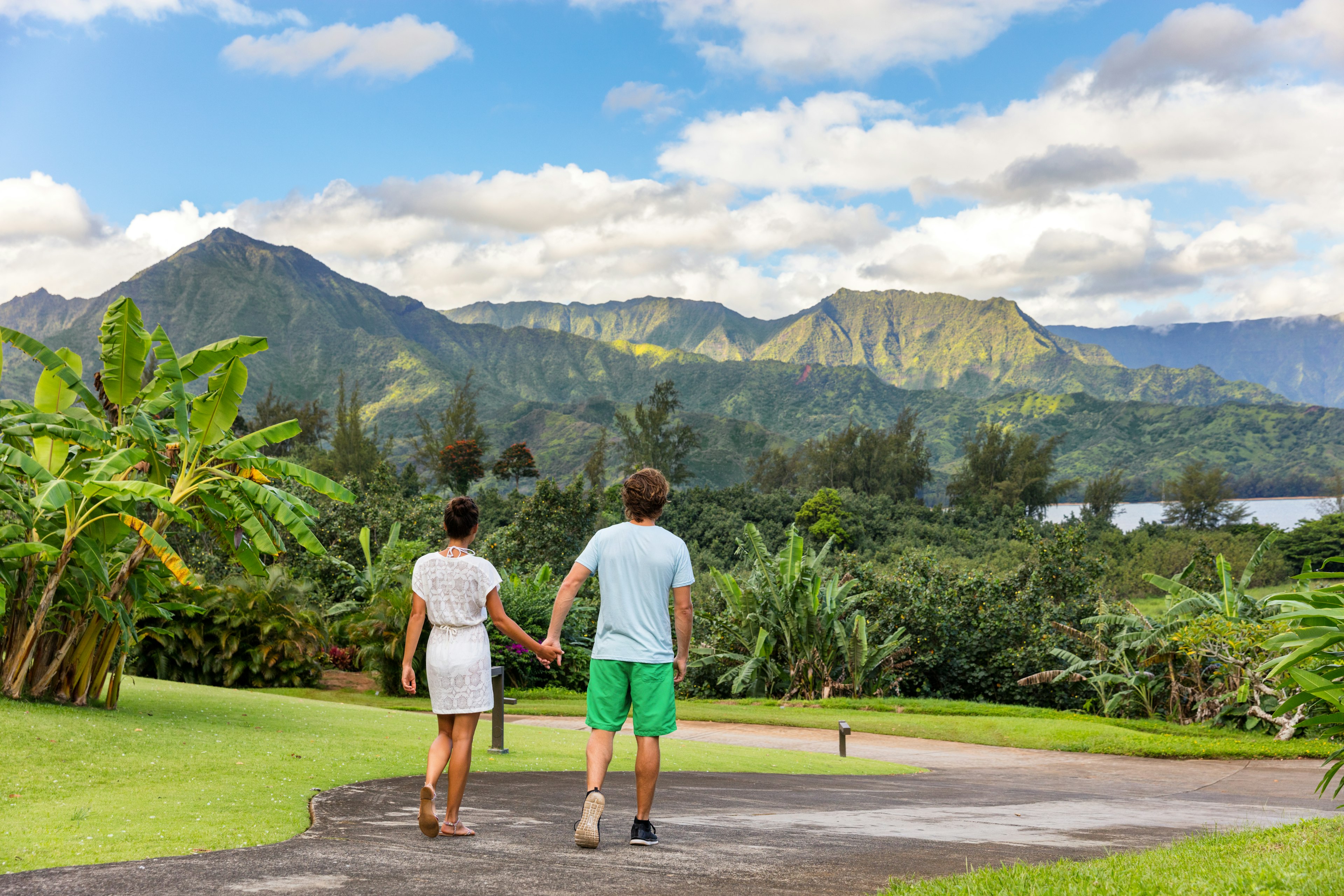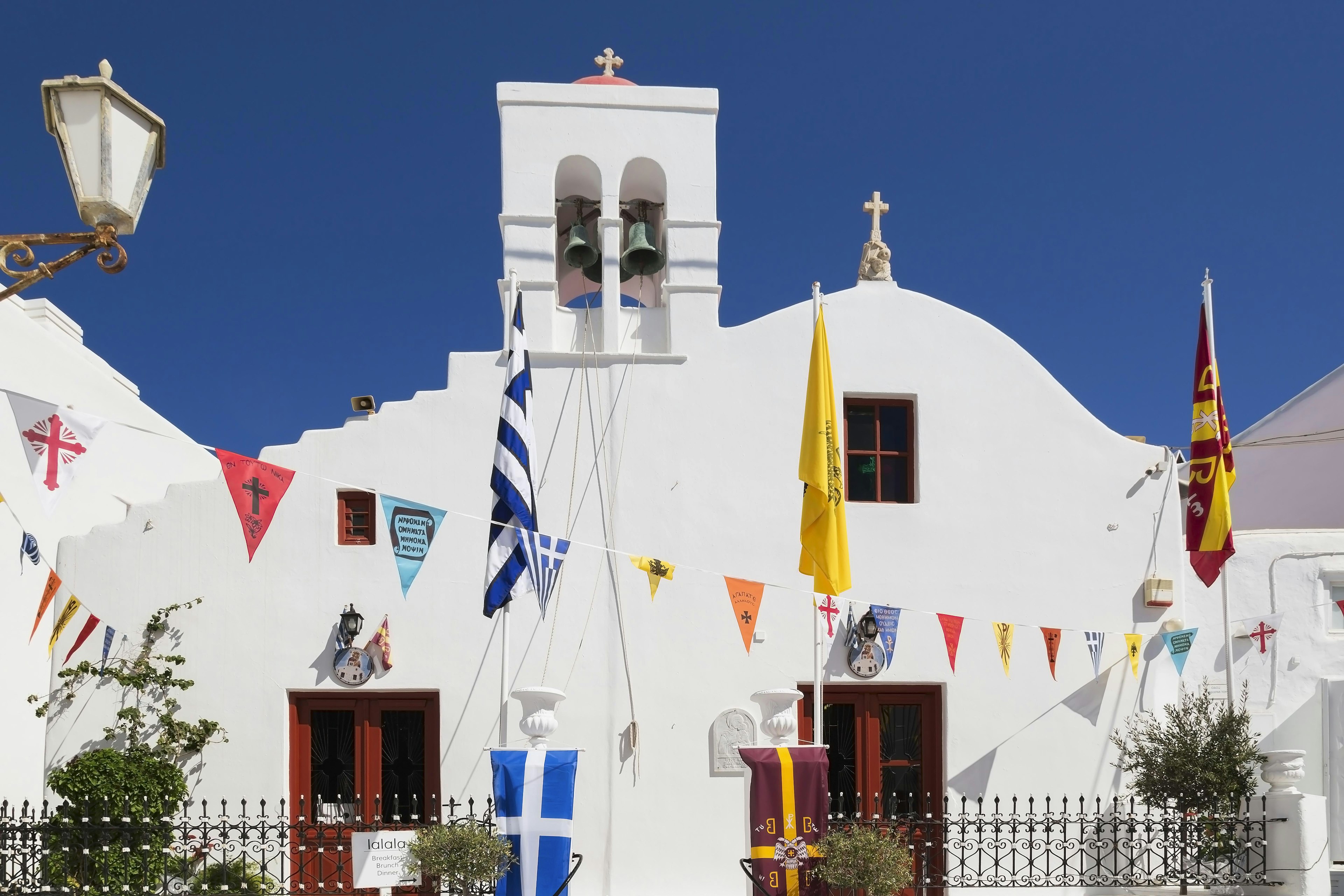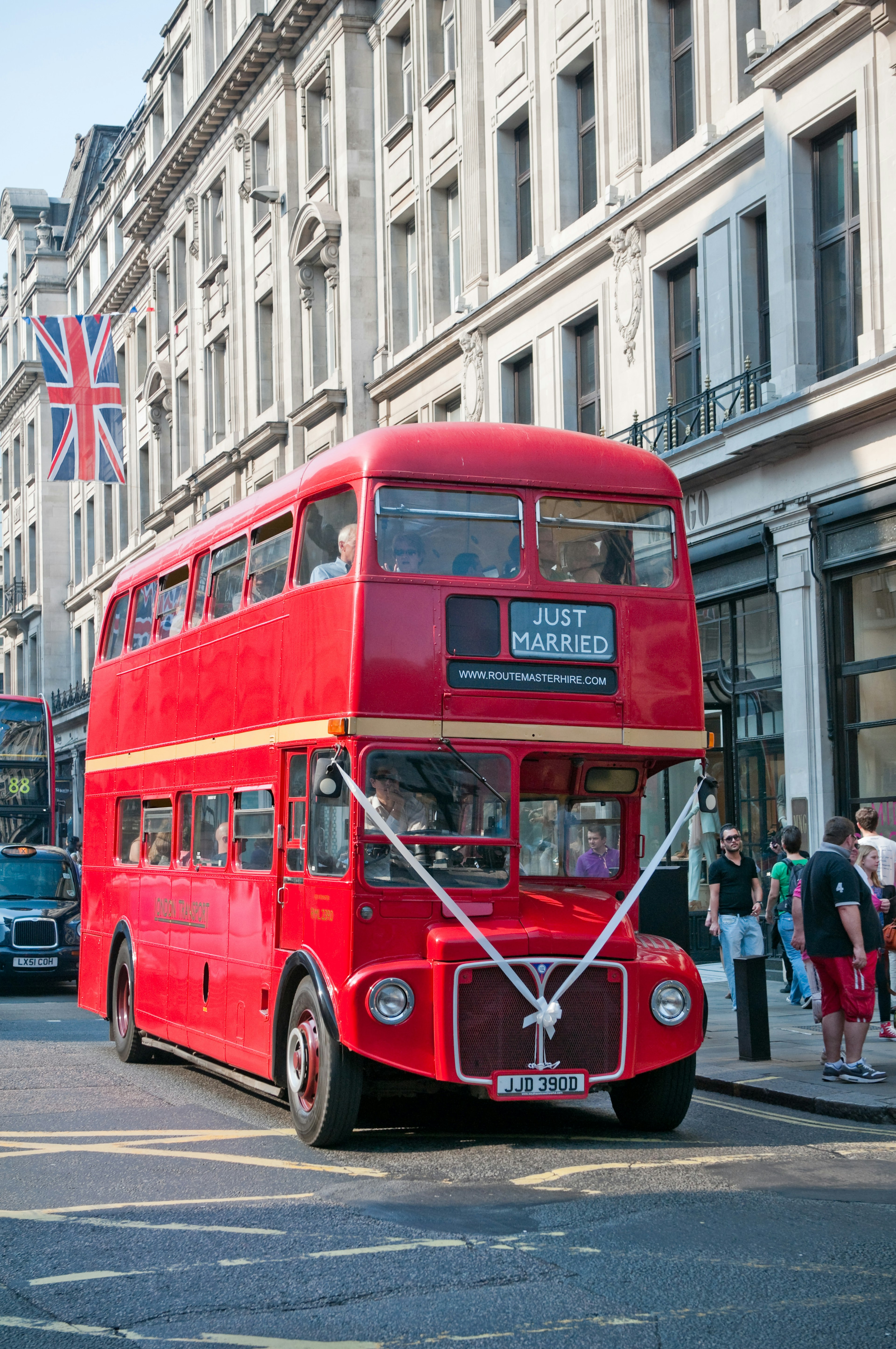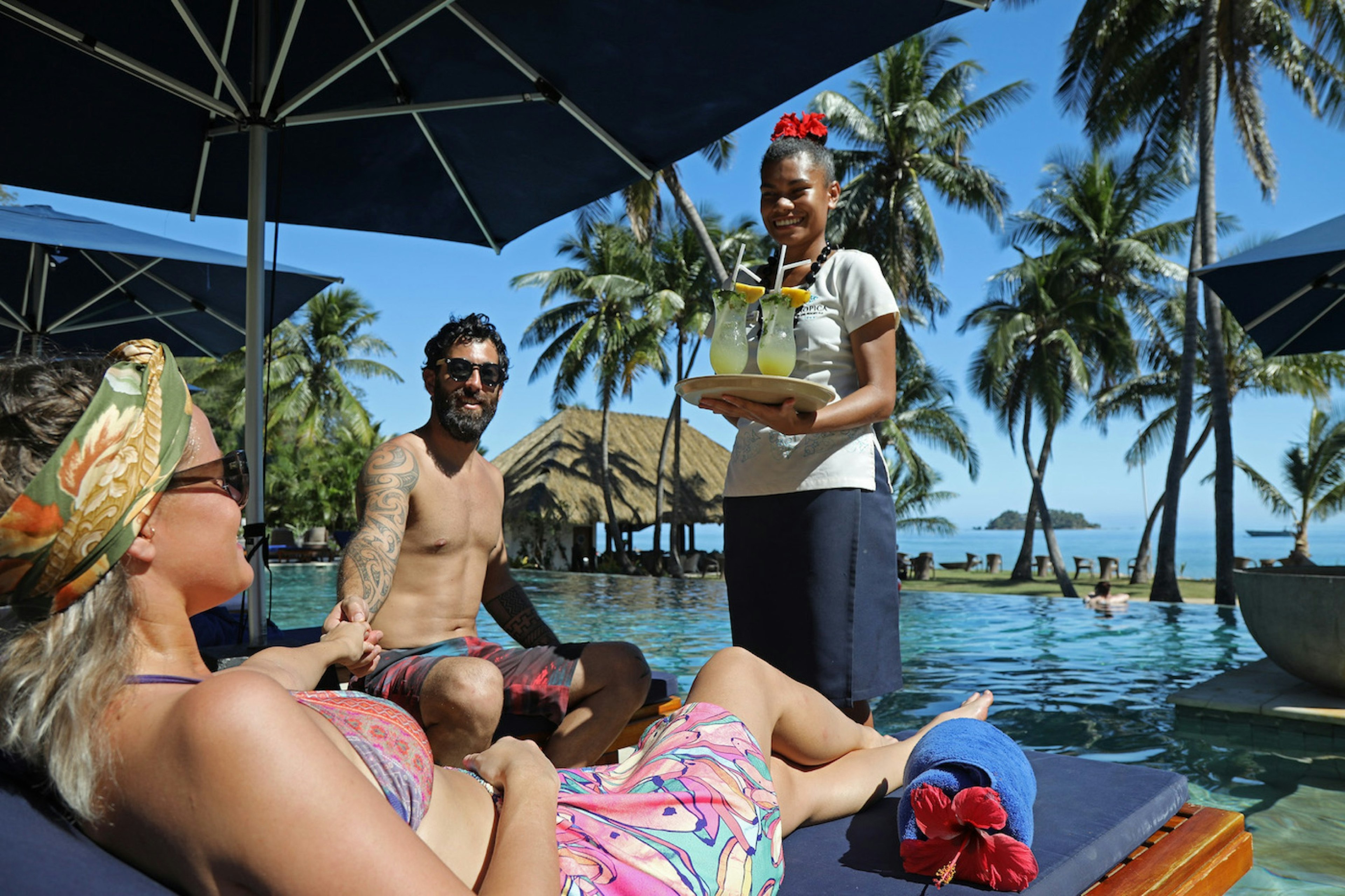Even in a country where gorgeous beaches are two a penny, the Italians admit that those in Sardinia are particularly bellissima. The island regularly tops polls of the world’s best beaches, with spiagge (beaches) ranging from the rugged, cliff-backed coves of the east to the dune-flanked strands of the west.
Sardinia’s snow-white beaches and bluer-than-blue seas are often likened to the Caribbean – but why, quite frankly, would you want to imagine yourself anywhere else?
Best for escapists: Is Aruttas
Spearing into the Golfo di Oristano, the beaches on the Sinis Peninsula rank among the island’s loveliest, though ideally you need your own car to reach them. Fairest of all is Is Aruttas, an arc frosted with white sand and tiny pebbles that make the water appear a startling shade of aquamarine. For years its quartz sand was carted off for aquariums and beaches on the Costa Smeralda, but no more.
Bored of flopping on the beach? The nearby holiday resort of Putzu Idu attracts surfers, windsurfers and kitesurfers. Or take a boat trip to bare, rocky Isola di Mal di Ventre (Stomach Ache Island), which owes its name to the sea-sickness that sailors often suffered whilst navigating its windy waters.
Best for families: Chia
What the resort of Chia lacks in charm, it more than makes up for with enticing views. To see what all the fuss is about, head up to the Spanish watchtower and look down on its pretty pair of beaches – Spiaggia Sa Colonia to the west and horseshoe-shaped Spiaggia Su Portu to the east. Both have pale sands and shallow waters. Flamingos wade in the lagoon behind the beach.
Fancy a road trip? The panoramic SP71 road dips and rises for 25km along the Costa del Sud, one of southern Sardinia’s most beautiful coastal stretches.

Best for solitude: Spiaggia di Piscinas
It’s worth going the extra mile to the Costa Verde (Green Coast) for a glimpse of the Sardinian coast at its wildest. Hands down one of the loveliest beaches is Spiaggia di Piscinas, a ribbon of golden sand running between a windswept sea and a vast expanse of dunes flecked by hardy green scrub. The towering dunes rise up to 60m. Find the beach down a 9km dirt track off the SS126 (Ingurtosu exit).
Want more? Slide over to neighboring Spiaggia di Scivu. Backed by huge dunes, the 3km lick of fine sand is wonderfully secluded.
Best for swimming: Spiaggia Rena Bianca
Santa Teresa di Gallura’s main beach is a beauty, with a swathe of pale sand and some of the clearest, shallowest water on the island, making it a cracking choice for a proper swim – even for families with small children. From Spiaggia Rena Bianca you can gaze out across the Strait of Bonifacio’s spectrum of blues over to Corsica and up to the 16th-century Torre di Longonsardo.
From the beach’s eastern tip a trail threads along the coast, past granite boulders and rock formations that fire the imagination with their incredible shapes. More spectacular still is Capo Testa, 4km west of Santa Teresa, with its giant, wind-licked granite boulders and trails threading through the scrub to rocky coves and the cobalt Mediterranean.
Best for white sands: Spiaggia della Pelosa
A ravishing sweep of beach, 2.5km north of Stintino, Spiaggia della Pelosa elicits gasps of wonder with its fine sand and shallow sea that fades from aquamarine to topaz. It’s presided over by a Catalan-Aragonese watchtower across the water on the craggy Isola Piana. The beach is packed in July and August, so avoid these months for a more peaceful experience.
While you’re here, take the boat over to the Isola dell’Asinara, a national park named after its resident albino donkeys. The island is best explored on foot or by bike. Or join the windsurfers catching the breeze off Stintino.

Best celebrity hideaway: Spiaggia del Principe
A number of beautiful coves necklace the fabulous swoop of coastline where Gallura’s wind-whipped granite mountains tumble down to fjordlike inlets in the emerald sea. One of the finest is the Spiaggia del Principe, a stunning crescent of pale sand snuggled among low cliffs named after Prince Karim Aga Khan, who has given it his seal of approval.
Bear in mind that the Costa Smeralda is saturated with Italian holidaymakers in July and August, so shun these months for cheaper room rates and quieter beaches.
Best for hikers and climbers: Cala Goloritzè
One of the loveliest bays you’re ever likely to clap eyes on, Cala Goloritzè nestles in the southern crook of the Golfo di Orosei. We can wax lyrical about how the sea shimmers like blue curaçao and bizarre limestone formations fling up from cliffs draped in holm oaks, but seeing really is believing. The Aguglia, a 148m high needle of rock that towers over the beach, is a magnet for climbers.
The beach is around an hour’s walk descending on the old mule trail from the Altopiano del Golgo, a strange, other-worldly plateau where goats, pigs and donkeys graze. A signposted road from Baunei climbs 2km of impossibly steep switchbacks to the plateau.

Best for boat touring: Golfo di Orosei
Where the Gennargentu mountains collide spectacularly with the sea, the huge sweeping crescent of the Golfo di Orosei is no one-hit-wonder when it comes to beaches. Base yourself, say, in Cala Gonone to strike out along the coast on foot or by boat.
If you do nothing else, cruise along the ‘Blue Crescent’, which is honeycombed with grottoes and hidden coves, where limestone cliffs sheer above crystal-clear sea. Rock climbers spider up the cliffs of wildly beautiful Cala Luna, backed by a ravine and pummelled by exquisite turquoise waters. Cala Sisine, Cala Biriola, Cala Mariolu – each cove here is more mind-blowingly beautiful than the next.

Best for exotic vibes: Cala Brandinchi
Undeniably the loveliest of San Teodoro’s beaches, Cala Brandinchi is often dubbed ‘Little Tahiti’ and it really does live up to the hype. The bay is a thin arc of soft sand lapped by crystalline turquoise waters and surrounded by pine woods. The hump of Isola Tavolara rises on the horizon.
Touring the coast reveals a scattering of other beach beauties, such as Spiaggia La Cinta, with sugar-fine sand and topaz sea. The beach attracts kitesurfers and birdwatchers who head to Stagno San Teodoro to spot pink flamingos, herons, little egrets and kingfishers.
Best for island-hoppers: La Maddalena
Part of a cluster of pink granite islands and islets forming the Parco Nazionale dell’Arcipelago di La Maddalena, Isola Maddalena dangles off the northeastern tip of Sardinia in the wind-buffed Strait of Bonifacio between Sardinia and Corsica. It’s a terrific base for boating around the island’s fabulous coves, jewel-coloured waters and granite licked into weird natural sculptures. Elena Tour is a good choice for boat tours.
Or hop across to its wild, serene sister, Isola Caprera, with pine trees cloaking granite cliffs and several tempting coves. Giuseppe Garibaldi, revolutionary and all-round Italian hero, loved Caprera and made it his home and refuge at the Compendio Garibaldino.
You might also like these
French tourists could face six years in prison for taking sand from a Sardinian beach
The best things to do in Sardinia: an insider’s guide
How to pack for a family beach trip
Last updated January 2020.


